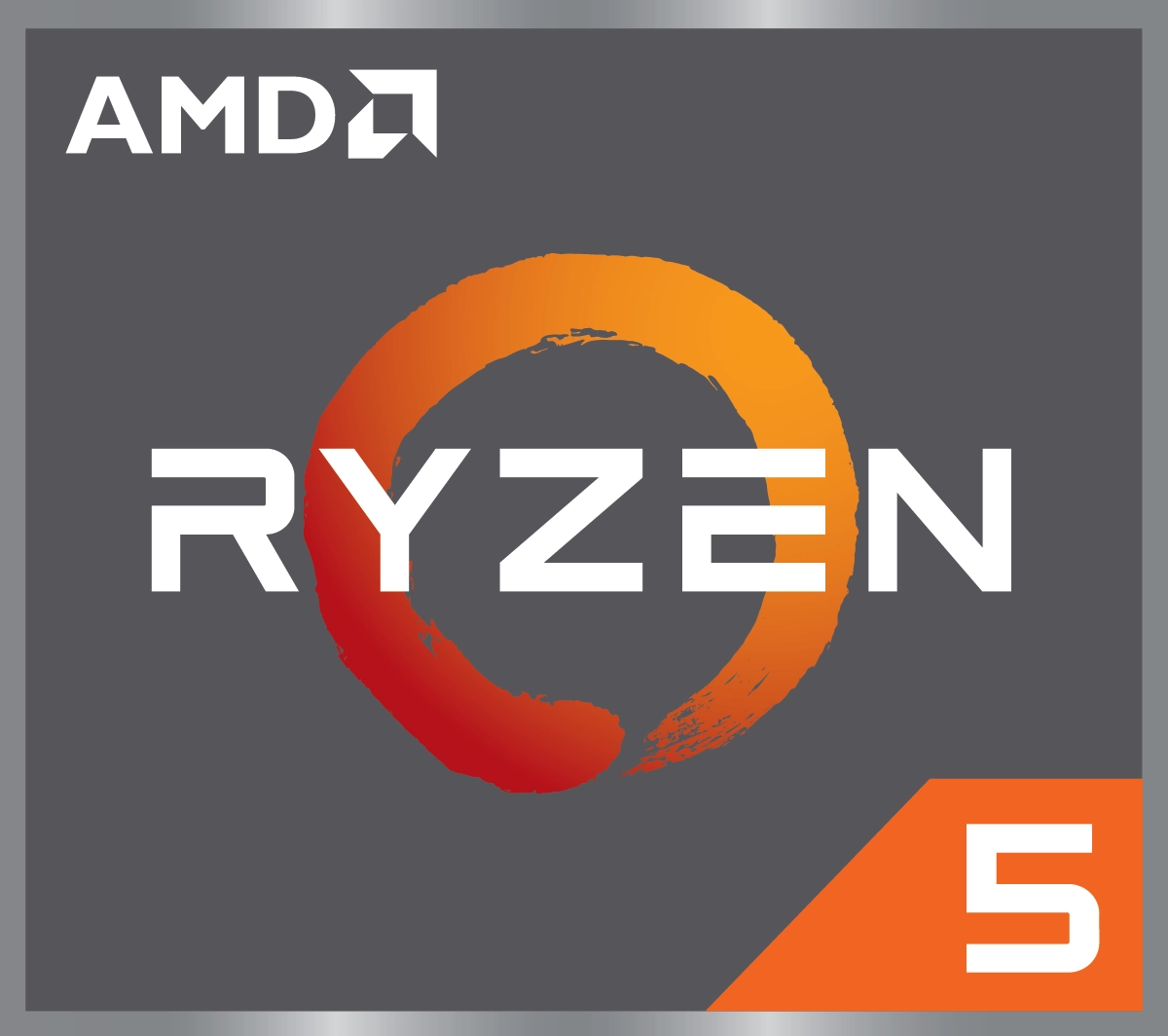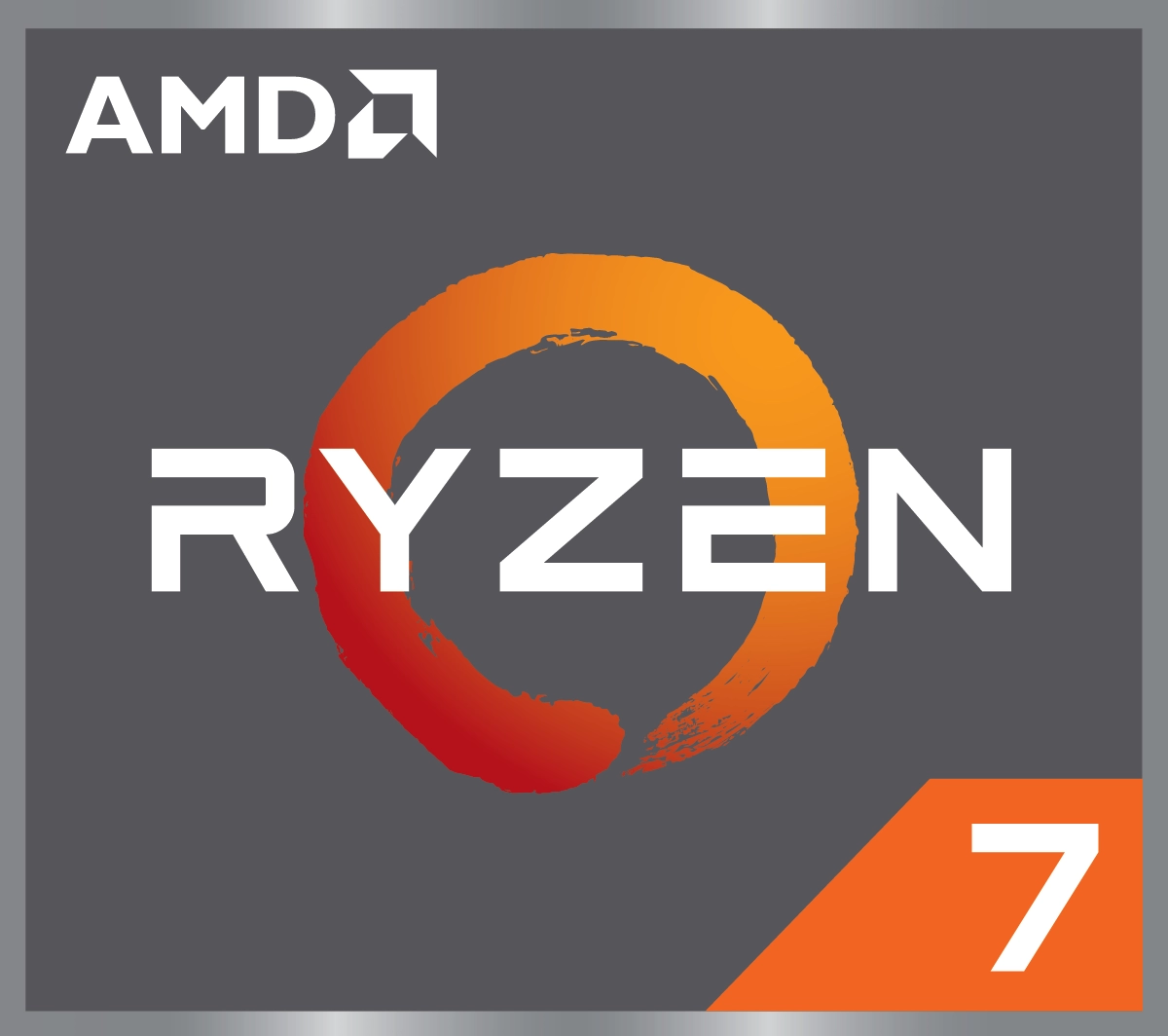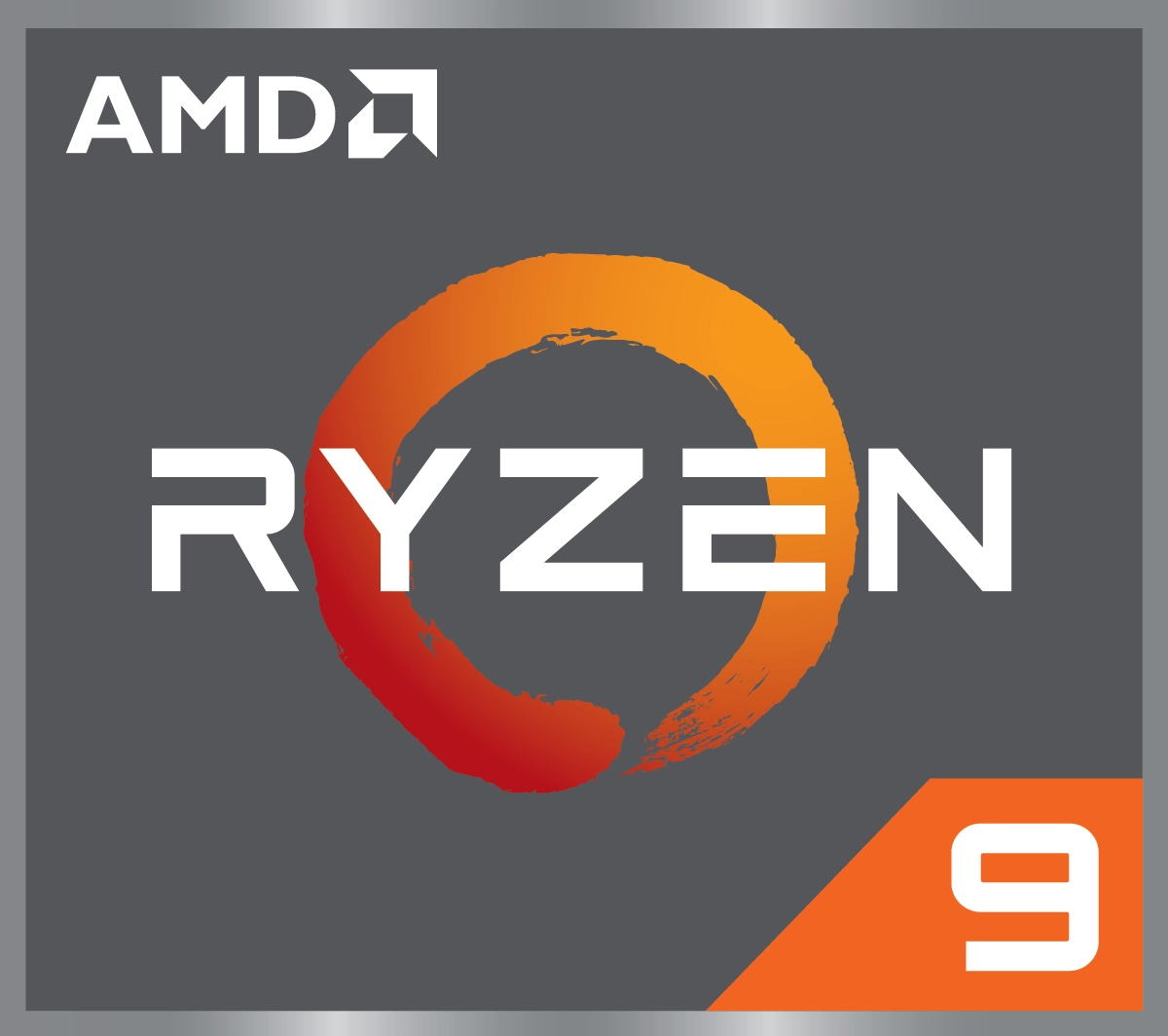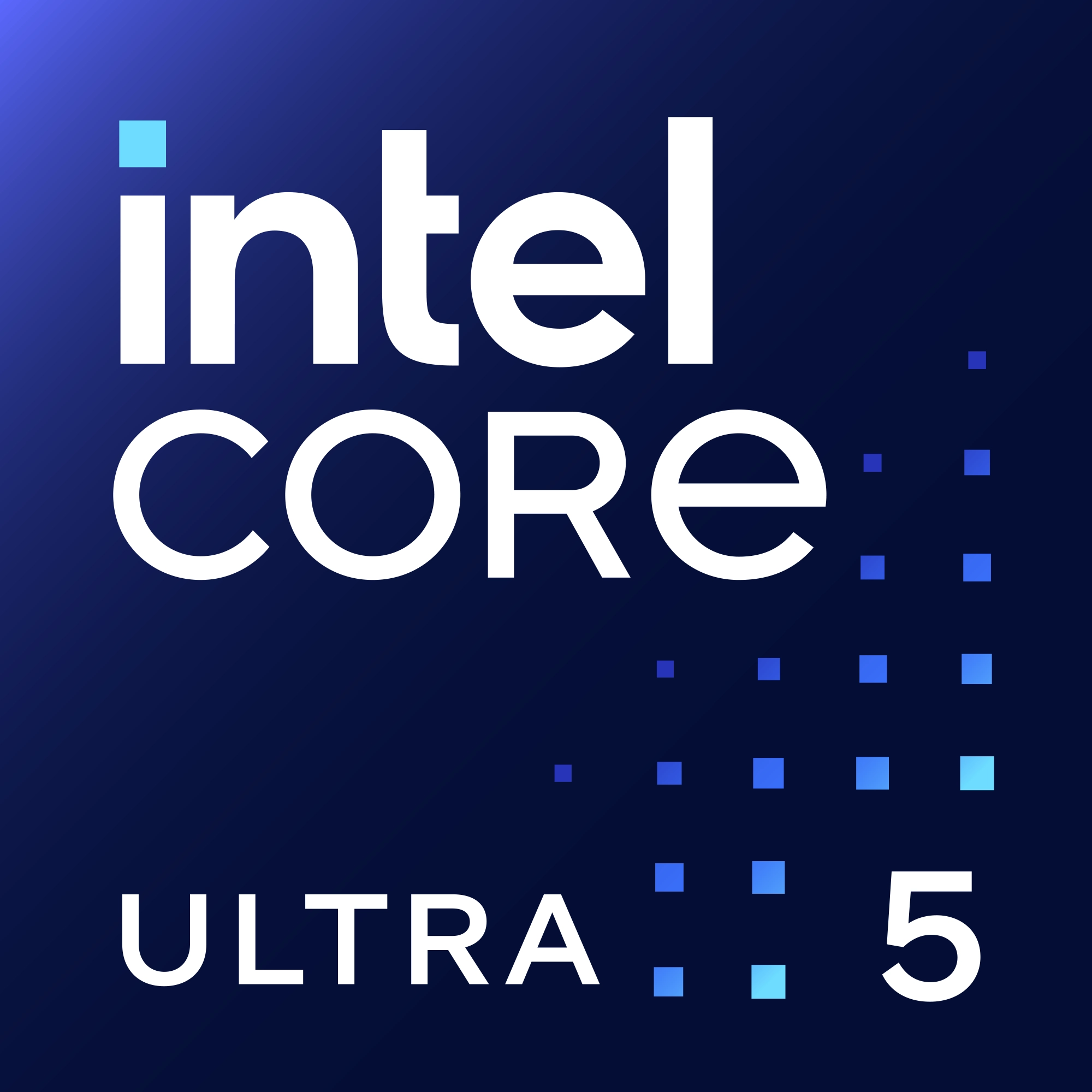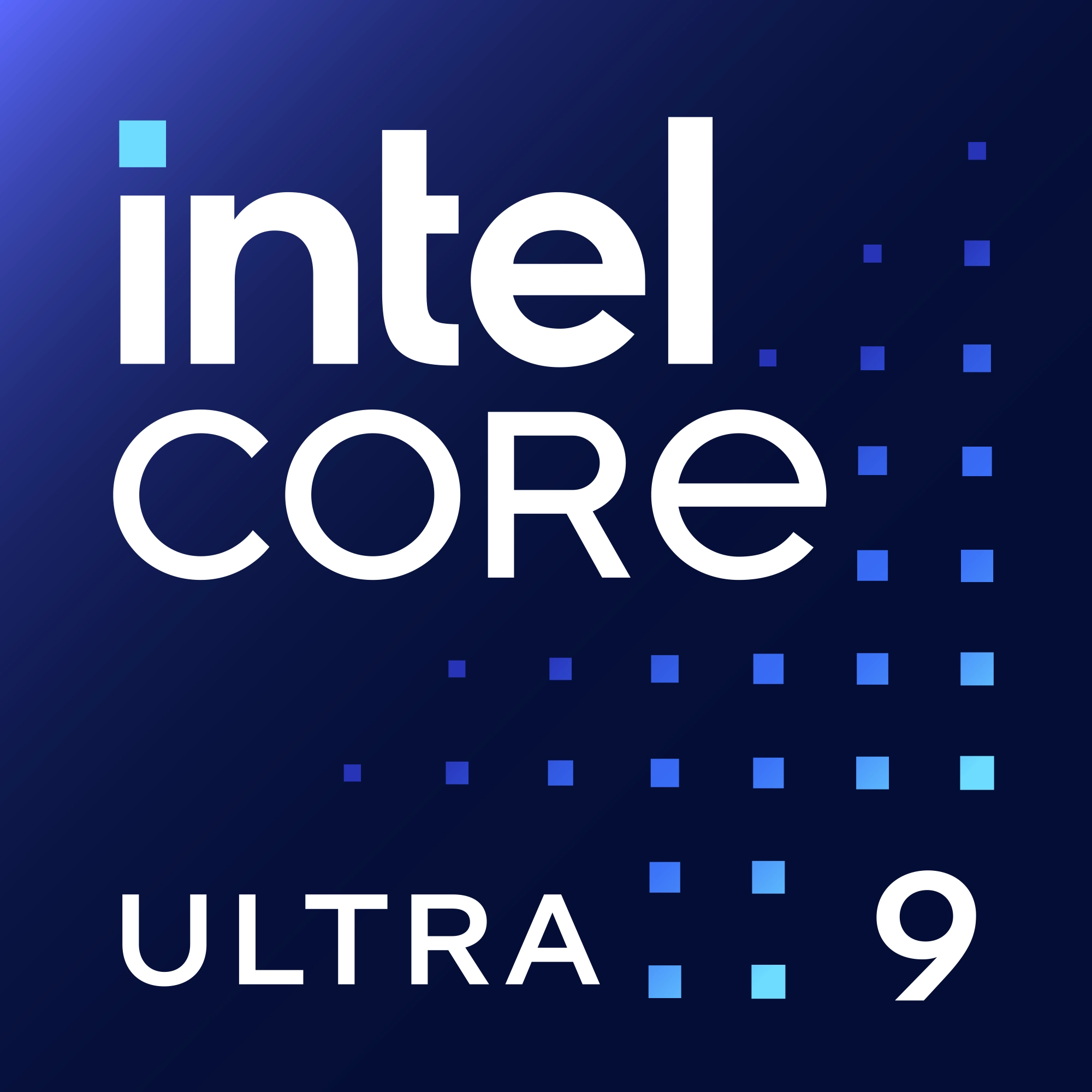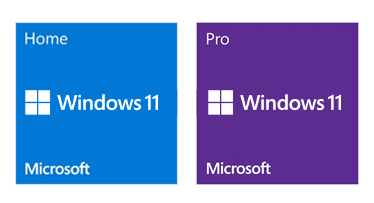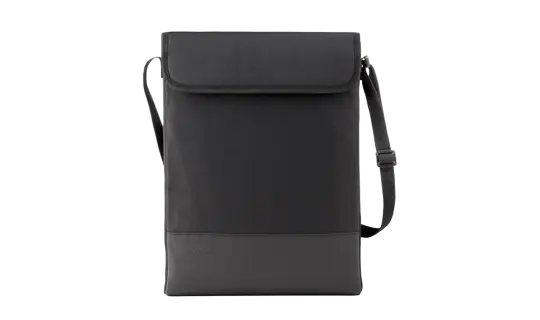Laptops Buyers Guide
A laptop is an alternative to a PC and the obvious choice when it comes to portability. However there are many types of laptop on the market right now, from a traditional hinged screen and keyboard to touchscreen versions and even detachable screens forming a 2-in-1 laptop / tablet device. In this guide we’ll take a look at the different facets of a laptop and offer advice as to the best options to choose for given scenarios, whether for home use or professional workloads.






